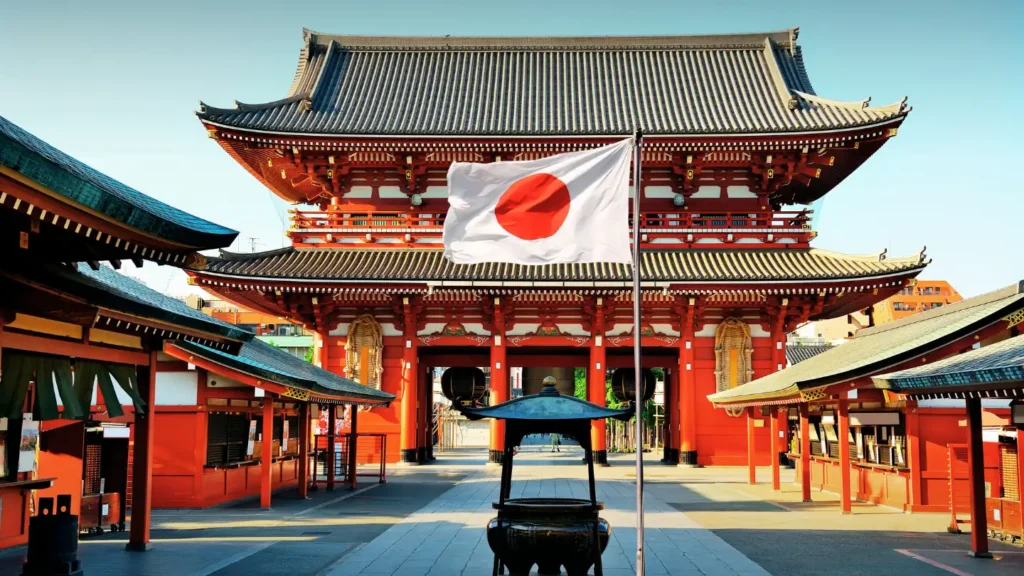Japan never fails to captivate travelers with its perfect mix of ancient traditions and ultra-modern vibes. From the lively streets of Tokyo to the peaceful temples of Kyoto, each corner of Japan holds something special. A well-planned Japan Travel Itinerary lets you dive into the heart of this fascinating country, offering unforgettable experiences at every turn. Get ready to explore hidden gems, indulge in world-class food, and immerse yourself in a culture unlike any other.
Table of Contents
Japan Map
Popular & Historical Place in Japan
Popular Hotel & Resorts in japan
The 7 Popular Areas to Stay in Tokyo
More Read in Japan
A Guide to Japanese Fruits || Gonpachi Tokyo || Arakurayama Sengen Park || Shioiri Park: A Nature Park in Tokyo
Types of Attractions in Japan

Japan has diverse attractions, from modern cities to historical sites and natural wonders. Here’s an overview:
1. Cultural and Historical Sites
- Temples and Shrines: Kyoto and Nara are home to some of Japan’s most famous temples, including the Golden Pavilion (Kinkaku-ji) and Fushimi Inari Shrine.
- Traditional Villages: Visit the old villages of Shirakawa-go and Ouchi-juku to experience traditional thatched-roof houses and scenic landscapes.
- Castles: Explore the majestic Himeji Castle or the Nijo Castle in Kyoto.
2. Modern Attractions
- Tokyo Disneyland: A must for families, offering Disney-themed rides and parades.
- Akihabara: A tech lover’s paradise, with gaming stores, anime shops, and electronic gadgets.
- Odaiba: A futuristic entertainment district in Tokyo with shopping malls, museums, and giant robots.
3. Nature and Outdoor Adventures
- Mount Fuji: A world-famous mountain ideal for hiking and photography.
- Hot Springs (Onsen): Areas like Hakone and Beppu are known for their relaxing hot springs.
- Beaches and Islands: With its pristine beaches and clear waters, Okinawa is perfect for a tropical getaway.
4. Unique Cultural Experiences
- Tea Ceremonies: Experience the Japanese art of tea-making in Kyoto.
- Sumo Wrestling: Watch a sumo match in Tokyo, the heart of this national sport.
- Matsuri (Festivals): Depending on the time of year, enjoy vibrant traditional festivals like the Gion Matsuri in Kyoto or the Awa Odori in Tokushima.
Ads


Costs of Traveling in Japan
Japan can be affordable or expensive, depending on how you plan your trip. Here’s a breakdown of typical costs:
1. Accommodation
- Budget Hotels/Hostels: $30 to $50 per night
- Mid-range Hotels: $70 to $150 per night
- Luxury Hotels: $200 and above per night
2. Meals
- Budget (Street food, casual restaurants): $5 to $10 per meal.
- Mid-range (Sit-down restaurants): $15 to $30 per meal.
- Fine Dining: $50 and above per meal
3. Transportation
- JR Rail Pass: A popular option for tourists traveling across multiple cities, costing around $250 for a 7-day pass.
- Subway/Local Trains: Depending on the distance, a single ride costs between $1 and $2.
- Taxis: Start at about $5 for the first 2 kilometers and go up from there.
4. Attractions
- Temples and shrines are usually free to visit, but some charge a small entrance fee ($1 to $5).
- Special attractions like Tokyo Disneyland or Universal Studios Japan cost around $50 to $80 daily.
Tourist Advantages in Japan
- Safety: Japan is one of the safest tourist countries, with very low crime rates.
- Cleanliness: Public spaces and facilities are remarkably clean, emphasizing respect for the environment.
- Efficient Transportation: Japan’s train and subway systems are some of the most efficient and reliable in the world.
- Hospitable People: The Japanese are known for politeness and helpfulness toward tourists.
Essential Tourist Information

1. Currency
- Japan uses the Japanese Yen (¥).
- You can exchange money at airports, banks, or currency exchange counters. Although credit cards are accepted at major stores and restaurants, Japan is a cash-based society.
- ATMs are available, but not all ATMs accept international cards, so look for those in convenience stores like 7-Eleven.
2. Transportation
- Shinkansen (Bullet Trains): The Shinkansen is the fastest way to travel between major cities, with up to 200 mph.
- Subways: Tokyo, Osaka, and other major cities have extensive and affordable subway systems.
- Buses: Public buses are widely available but can be more challenging for non-Japanese speakers to navigate.
- Bicycles: Many cities offer bike rentals, a great way to explore independently.
3. Language
- Japanese is the official language, and although many people in cities like Tokyo and Kyoto speak some English, it is not widely understood in rural areas.
- Basic Phrases to Know:
- Hello: こんにちは (Konnichiwa)
- Thank you: ありがとう (Arigatou)
- Yes: はい (Hai)
- No: いいえ (Iie)
4. Population
- Japan has a population of about 125 million people. It is one of the most densely populated countries in the world, with the majority of the population living in urban areas.
The Best Time to Visit Japan
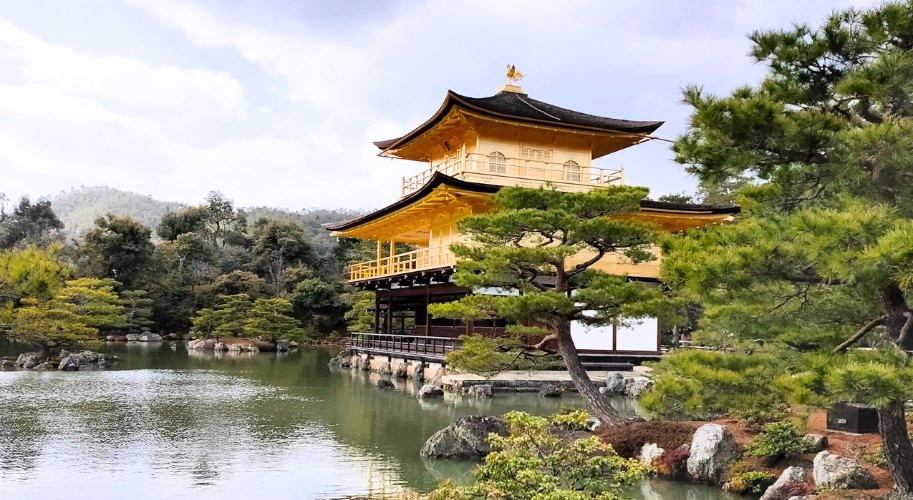
Timing your visit is crucial to experiencing the best of Japan. The best seasons for a Japan Travel Itinerary are:
- Spring (March to May): Ideal for seeing cherry blossoms fully bloom.
- Summer (June to August): Great for outdoor activities, although it can be hot and humid.
- Autumn (September to November): Enjoy the stunning autumn foliage.
- Winter (December to February): Perfect for skiing in the Japanese Alps and experiencing Japan’s winter festivals.
Creating the Perfect Japan Travel Itinerary
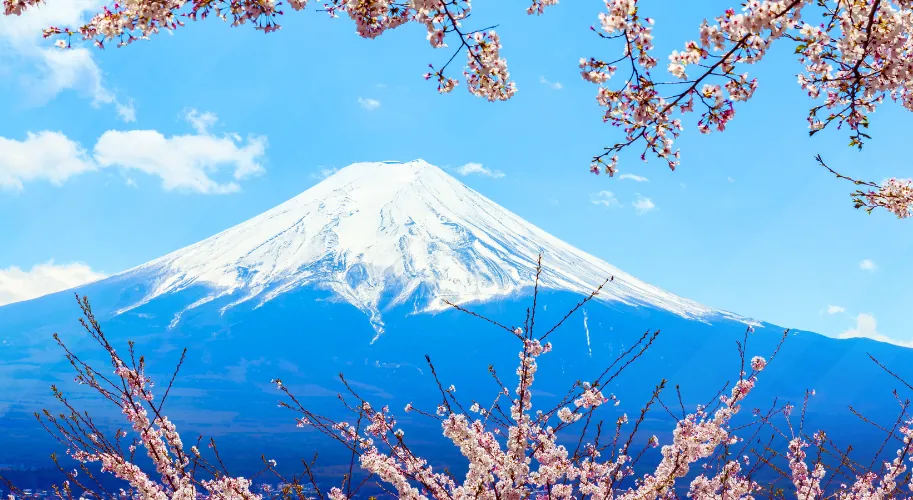
Balancing your time between different aspects of the country is essential when planning a Japan Travel Itinerary. Here’s how you can structure your trip for an unforgettable experience.
1. Start with Tokyo: The Heart of Japan
Tokyo is a bustling metropolis that offers a wide range of experiences. A visit to this city is essential for any Japan Travel Itinerary. Here’s what you can explore:
- Shibuya Crossing: One of the busiest pedestrian crossings in the world.
- Meiji Shrine: A peaceful oasis in the heart of Tokyo.
- Tokyo Tower or Tokyo Skytree: For an unforgettable panoramic view of the city.
- Akihabara: A district for tech lovers and anime fans.
- Tsukiji Fish Market: A must-visit for food lovers.
Tokyo is a great place to immerse yourself in Japan’s modern culture, but don’t forget to explore its traditional aspects.
2. Head to Kyoto: A Step Back in Time
Kyoto is often regarded as the cultural capital of Japan. The city is famous for its temples, gardens, and historic sites, making it a must-visit on your Japan Travel Itinerary.
- Fushimi Inari Shrine: Known for its iconic red torii gates.
- Kinkaku-ji (Golden Pavilion): A stunning Zen Buddhist temple.
- Gion District: Walk through the traditional streets and try to spot a Geisha.
- Kiyomizu-dera: A historic temple with an impressive wooden stage.
- Arashiyama Bamboo Grove: A serene walk through towering bamboo stalks.
Kyoto’s peaceful atmosphere will allow you to reflect on Japan’s ancient traditions.
3. Experience Nature: From Mount Fuji to Hot Springs
Japan’s natural beauty is truly awe-inspiring, and incorporating outdoor experiences into your Japan Travel Itinerary is necessary. Here are a few options for nature lovers:
- Mount Fuji: Hiking or just viewing the majestic peak.
- Hakone: Known for its hot springs and beautiful views of Mount Fuji.
- Nara: Explore lush parks and meet the friendly deer.
- The Japanese Alps are perfect for hiking, skiing, and exploring the countryside.
- Okinawa: Relax on tropical beaches and enjoy the crystal-clear waters.
No matter where you go in Japan, you’re bound to experience breathtaking natural beauty that makes the country unique.
4. Embrace Japanese Cuisine: A Culinary Journey
Japanese food is world-renowned for its freshness, variety, and presentation. Including culinary experiences in your Japan Travel Itinerary is an absolute must. Here’s a list of foods you should try:
- Sushi: Fresh seafood served in a variety of styles.
- Ramen: A delicious noodle soup, with many regional variations.
- Tempura: Lightly battered and fried seafood or vegetables.
- Kaiseki: A traditional multi-course Japanese meal.
- Okonomiyaki: A savory pancake, often served with seafood or meat.
You’ll find food that suits all tastes, whether you’re looking for street food or Michelin-starred dining experiences.
5. Get Around Japan: Efficient and Easy Travel
A Japan Travel Itinerary wouldn’t be complete without understanding how to get around the country. Fortunately, Japan’s transportation system is one of the most efficient and reliable in the world.
- Shinkansen (Bullet Trains): These high-speed trains connect major cities across Japan. They are fast, punctual, and comfortable.
- Subways and Trains: Perfect for exploring cities like Tokyo and Osaka.
- Buses: Use local buses for more off-the-beaten-path destinations.
- Taxis and Ride-sharing: While taxis are available, they tend to be expensive compared to public transport.
If you’re planning to travel between multiple cities, make sure to purchase a Japan Rail Pass, as it offers great savings on Shinkansen and local trains.
Best Part of a Japan Tour
The best part of your Japan tour will depend on what you’re looking for. If you love technology and vibrant city life, Tokyo offers the perfect mix of modernity and tradition. For history and culture, Kyoto is unbeatable with its serene temples, beautiful gardens, and ancient atmosphere. For nature lovers, a trip to Hokkaido for stunning landscapes or to Okinawa for tropical beaches will be unforgettable.
Things You Need to Know Before Visiting Japan
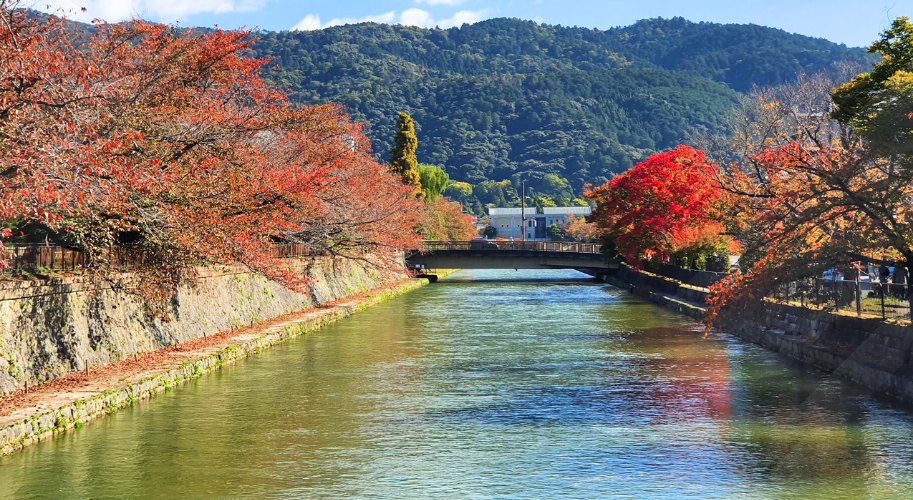
- Etiquette: Japan has strict etiquette rules. Always bow when greeting, be mindful of how you speak to people, and never tip in restaurants, as it is considered rude.
- Wi-Fi: Wi-Fi can be hard to find in rural areas, but most major cities have Wi-Fi in hotels, restaurants, and cafes. You can also rent a pocket Wi-Fi or buy a local SIM card.
- Weather: Japan has four distinct seasons. Spring (March to May) and autumn (September to November) are ideal for sightseeing due to the mild weather and beautiful cherry blossoms in spring or vibrant foliage in autumn.
- Electricity: Japan uses a 100V electrical system with type A and B plugs. If your devices use a different plug, be sure to bring an adapter.
- Public Restrooms: Public restrooms in Japan are typically clean and free to use. They can be found in most significant attractions, stations, and malls.
Conclusion: Why Japan Should Be on Your Travel Bucket List
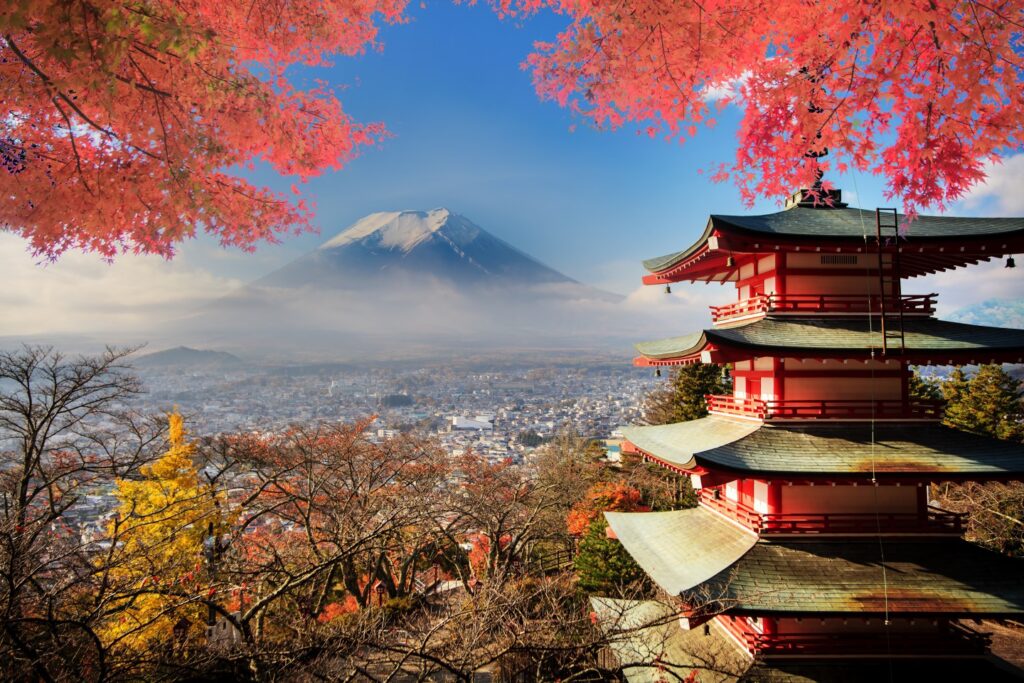
From cultural landmarks and natural wonders to modern marvels and world-class cuisine, Japan offers an unforgettable experience. With efficient transportation, welcoming locals, and stunning sights, your Japan Travel Itinerary will be filled with adventure.
FAQs
.
Q: What is the best time to visit Japan for a Japan Travel Itinerary?
A: The best time is during spring (March to May) or autumn (September to November), when mild weather and beautiful scenery are available.
Q: How much does a Japan Travel Itinerary cost on average?
A: The cost varies, but a 7-day itinerary can range from $1,500 to $3,000, depending on your budget and activities.
Q: How long should a Japan Travel Itinerary be?
A: A 7-10 day itinerary is ideal for exploring major cities and attractions, but you can adjust it based on your interests.
Q: Is it necessary to speak Japanese for a Japan Travel Itinerary?
A: While not essential, learning basic Japanese phrases can enhance your experience. Many people in cities speak some English.
Q: What are the must-see destinations in a Japan Travel Itinerary?
A: Tokyo, Kyoto, Mount Fuji, and Okinawa are top destinations to include in your itinerary for a mix of city life, culture, and nature.

